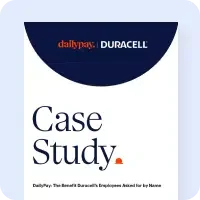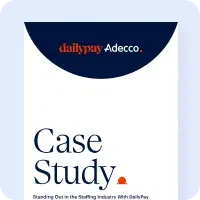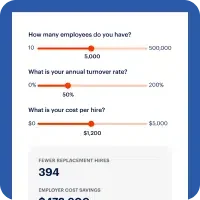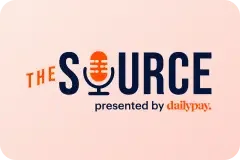Recently, I checked my credit card bill and found that I had been paying a $19 a month subscription to DuoLingo for Spanish lessons. I flashed back to a moment 2 years ago where I thought I should really learn more fluent Spanish. I had completely forgotten I subscribed and realized I had just paid close to $500 for something I never used. It was at that point that I went on a subscription service witch hunt.
A few hours later I had identified close to $1000 in monthly, quarterly or annual subscription fees for things ranging from streaming services for a show I was watching to delivery services to credit card fees that I did not need. That amount of money is enough to pay off a few bills I have, and possibly even a nice trip to the spa. I ended the day disappointed in myself for wasting my money. And then, I stumbled across this article about the pros and cons of subscription services. It brought me to a shocking realization.
In moderation, subscription services can be fun, convenient and even help us cut down our monthly spending. Streaming services like Netflix and Hulu, even when used together, are much cheaper than a cable bill. Amazon Prime has been a lifesaver to all of us at one time or another. Subscription boxes like Ipsy or Coffee of the Month Club feel like a special, personalized gift every time they show up at the doorstep. And of course, boxes like HelloFresh or Blue Apron are great for those of us who work long hours, live in urban areas, and don’t want to use our limited free time traipsing through public transportation with arms full of grocery bags.
But what are the larger implications of the growing subscription economy? Its growth shows our reliance on technology to simplify our lives and the cultural demand for convenience and instant access. Of course, the major issue with these services is that they add up at the end of every month. Since many of these are automatically charged to the user’s card at different points throughout the month, it can be difficult to budget for and keep track of the multiple subscription charges.
Shocked by the thought of the long term negative impact subscription services offer, I started to wonder if a transaction fee approach can make more sense. At my employer, DailyPay, we don’t charge subscription fees to access earned wages early. Instead, we only charge a transaction fee when someone takes out their earned wages. This keeps consumer spending at the lowest possible. Maybe this is the refreshing change the consumer is searching for.













